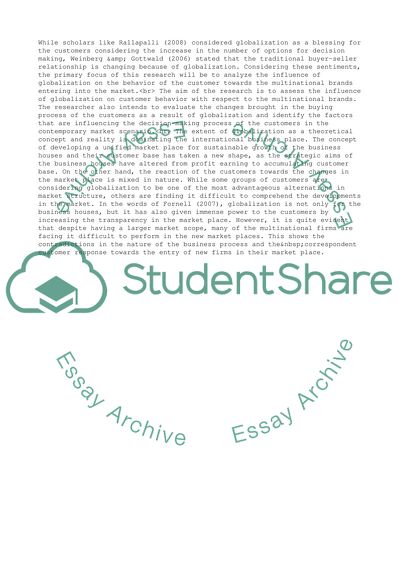Cite this document
(“Consumer Behavior Research Proposal Example | Topics and Well Written Essays - 2500 words”, n.d.)
Consumer Behavior Research Proposal Example | Topics and Well Written Essays - 2500 words. Retrieved from https://studentshare.org/business/1696996-consumer-behavior-research-proposal
Consumer Behavior Research Proposal Example | Topics and Well Written Essays - 2500 words. Retrieved from https://studentshare.org/business/1696996-consumer-behavior-research-proposal
(Consumer Behavior Research Proposal Example | Topics and Well Written Essays - 2500 Words)
Consumer Behavior Research Proposal Example | Topics and Well Written Essays - 2500 Words. https://studentshare.org/business/1696996-consumer-behavior-research-proposal.
Consumer Behavior Research Proposal Example | Topics and Well Written Essays - 2500 Words. https://studentshare.org/business/1696996-consumer-behavior-research-proposal.
“Consumer Behavior Research Proposal Example | Topics and Well Written Essays - 2500 Words”, n.d. https://studentshare.org/business/1696996-consumer-behavior-research-proposal.


